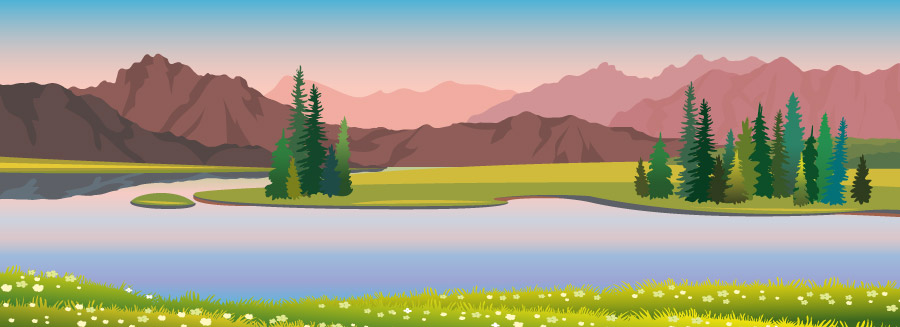It may be more important than ever to give our students opportunities to learn about the environment, ways to protect it, and the effects of climate change that we are already seeing every day. Extreme weather events are happening all the time, and according to a recent study, we only have 9 years to stop the catastrophic results of climate change. The more our students know about the environment and how to protect it, the more we can empower them to be a part of the solution. Below are some ideas for how to engage students in learning about the environment through making.

Take on Invasive Species
Invasive species are plants and animals that are not natural to a specific region/habitat. When invasive plants and animals are introduced into that environment, they spread at an increasing rate because they do not have any natural predators, parasites, or competitors. Left to grow and multiply, they can permanently alter the soil structure, disrupt native plant communities, and reduce dependent wildlife populations. Give students an opportunity to explore invasive species in their local community. Then, challenge them to make something to help solve the problem. Ideas might be posters to hang around the community, a video to help educate other students and families, or maybe some device that helps destroy the plants. I found this blog particularly helpful for invasive species activity ideas and resources!

Create Upcycled Artifacts
Upcycling is a wonderful way to reuse something that you no longer have use for in its original form. It is one method of keeping more materials out of landfills. Give students an opportunity to learn about some real-world upcycling in stories like Magic Trash: A Story of Tyree Guyton and His Art, Ada’s Violin: The Story of the Recycled Orchestra of Paraguay, Mr. Roll Finds New Life: Let’s Upcycle, and Rainbow Weaver. Then challenge students to create their own upcycled product. Give them an opportunity to bring in their own materials that they don’t have use for anymore. They might choose to bring in old jeans, other clothes, old books, glass bottles or containers, cardboard, or something unique. Providing them with a choice of materials will add engagement and uniqueness to their projects. When they finish, set up a gallery walk so students can see all the interesting creations that were made from what they initially thought was trash.

Watershed Work
Watersheds, which are areas of land that drain into local creeks, rivers, waterways, and eventually larger bodies of water like the ocean, are extremely important to keep clean in order to support local wildlife and communities. So, of course we want to teach our students what they are and how they can help keep them clean and safe. If students are learning about watersheds for the first time, a good place to start is to give them an opportunity to build their own model of a watershed and experiment on it to see how pollution and other practices can impact watersheds. There are also many ways that kids can help care for their local watersheds. The website Caring for our Watersheds has some wonderful examples of real student projects that have been done to help. Some ideas include learning about composting and starting a compost at their school, studying hazardous waste, creating flyers, hosting an event to help educate the community, and learning about the importance of taking care of storm drains.

Explore Renewable Energy
Renewable energy is important for students to learn about as it can combat climate change. To introduce renewable energy sources to students, National Geographic has a helpful video, and NASA also has some videos that give an overview of various concepts related to renewable energy. One way you might integrate engineering and renewable energy is to focus on wind turbines. The book, The Boy Who Harnessed the Wind, by William Kamkwamba, tells the story of how he made a wind turbine out of recycled materials to help his village. If you have older students, you may want to also consider sharing the recent 60 Minutes story on the largest offshore wind farm in the world. Then, challenge students to create their own wind turbines. There are many ways of building these from using recycled materials to investing in wind turbine kits like these from Horizon Educational.
Additional Ideas and Resources to Consider
There are a lot of wonderful resources out there to help address different elements of climate change. Here is a list of some of the lessons, unit plans, or challenges that I thought were most helpful.
- The EPA has created a website filled with resources for educators.
- NASA has an engaging Climate Kids website that students can explore.
- I have found some useful local environmental information on The Nature Conservancy’s website.
- The Smithsonian Science Education Center has some great lessons and curriculum for exploring topics related to climate change.
- If you have Ozobots, I loved this Ozobot Beach Cleanup challenge!
- LEGO Education has created a helpful challenge where students build a Seahorse Haven to help protect their species.
- National Geographic has a comprehensive Climate Change Challenge Unit for grades 6-8.
Looking for some strategies on weaving more real-world challenges into your instruction? Check out my blog, 4 Ways to Bring the Real World into Classrooms. For more science ideas, see my blog, Ideas for Integrating Making and Science.






